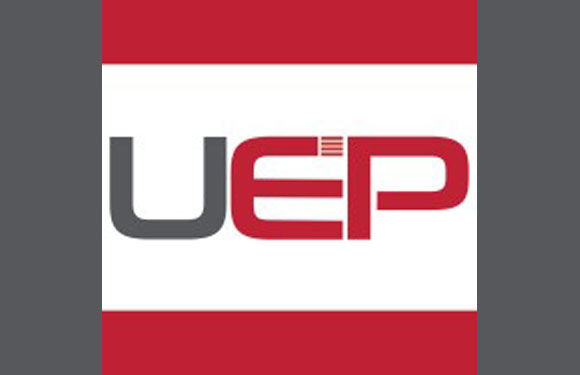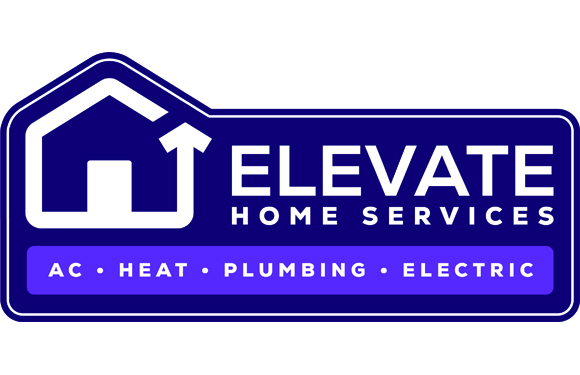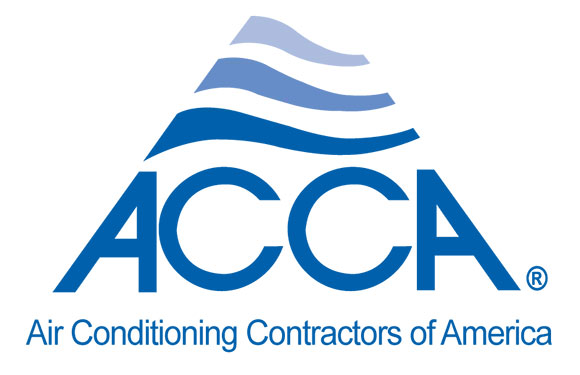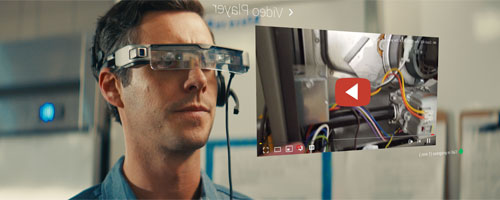
News
Five Reasons to Integrate AR Technology into 2020 HVAC Service Operations
By Remi Del Mar, Manager, Digital Experiences – Augmented Reality & Commercial Display Solutions at Epson
Keeping customers’ HVAC systems up and running is at the heart of your business. And, effectively managing field service teams is all about empowering employees to deliver the best and most efficient service possible during every call. However, as we all know, this is easier said than done.
Commercial and advanced residential systems are becoming increasingly complex. Today’s sophisticated HVAC control systems can incorporate scores of sensors tracking temperature and air flow that can be affected by a range of electrical issues. Monitoring sustainability mandates for reduced energy usage present another range of service call challenges. And tracking indoor air quality standards often require use of digital infrastructure metering systems that overlay the entire HVAC system design.
Providing the training necessary to ensure that your existing service and support teams can tackle the ever-increasing range of potential issues they may encounter is becoming next to impossible. However, affordable and efficient Augment Reality (AR) technology now offers a solution.
 AR is defined as a technology that superimposes a computer-generated image on a user’s real-world view, thus providing a composite view. Not to be confused with VR (Virtual Reality) which replaces what a person is seeing – technology commonly found in glasses and headsets used for gaming and other consumer entertainment applications.
AR is defined as a technology that superimposes a computer-generated image on a user’s real-world view, thus providing a composite view. Not to be confused with VR (Virtual Reality) which replaces what a person is seeing – technology commonly found in glasses and headsets used for gaming and other consumer entertainment applications.
To meet the needs of today’s technical service and support professionals, Epson Moverio Assist offers an easy-to-use, “see-what-I-see” remote assistance and inspection solution integrating Epson Moverio smart glasses for difficult repairs or work tasks conducted out in the field. By enabling real-time collaboration between remote experts and on-site field personnel, Moverio Assist helps make repairs faster and with fewer mistakes, leading to increased productivity, improved customer satisfaction and reduced travel costs.
Using Moverio Assist, a field technician can be joined virtually by one or many additional technicians from multiple locations, providing additional expertise and having access to a range of real-time information not readily available to the technician onsite.
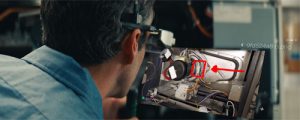 Equipping field service and support teams with AR glasses instantly provides a range of benefits including:
Equipping field service and support teams with AR glasses instantly provides a range of benefits including:
- Streamlining training time and costs: HVAC training and certification is an expensive and lengthy undertaking, often born by the service professional’s employer. Costs can range from $1,200 to $15,000, and take anywhere from six to 12 months to complete a HVAC trade school program, to three to five years to complete a qualified apprenticeship. Equipping service and support professionals who possess a basic level of training with AR glasses allows them to be connected in real-time to highly trained and experienced staff who can walk onsite professionals through system diagnosis and repair.
- Measuring the impact of service worker utilization: Giving managers who can see first-hand what is taking place during a service call can allow for a more accurate and detailed measurement of service and support worker utilization, and ultimately productivity. This allows your management teams to make intelligent business decisions that maximize workforce efficiency.
- Improving customer service ROI: A professional service operation requires a significant overhead investment by all HVAC manufacturers and independent HVAC sales and engineering firms. Adding AR glasses to this mix requires an additional spend, but modest by most standards. Epson Moverio smart glasses retail between $699 and $1,199, and Moverio Assist provides flexible payment options from monthly to annual plans. This investment can often be quickly paid back over a limited number of service calls if the combo onsite-and-remote service teams can deliver repair solutions more quickly and efficiently.
- Completing tasks faster and reducing the need for a second service call: Real-time collaboration with remote experts can help complete difficult tasks faster in the field and can frequently catch overlooked issues before the service technician leaves a job site.
- Increasing customer satisfaction: At the end of the day, this is what it’s really all about. We all know that HVAC systems will require service calls over time. If you can improve the customer experience, while reducing costs, it’s a win-win for everyone.
As the technology used in HVAC systems continues to advance, the same should be true for the tools and technologies used to maintain them and further cement your customer relationships.

